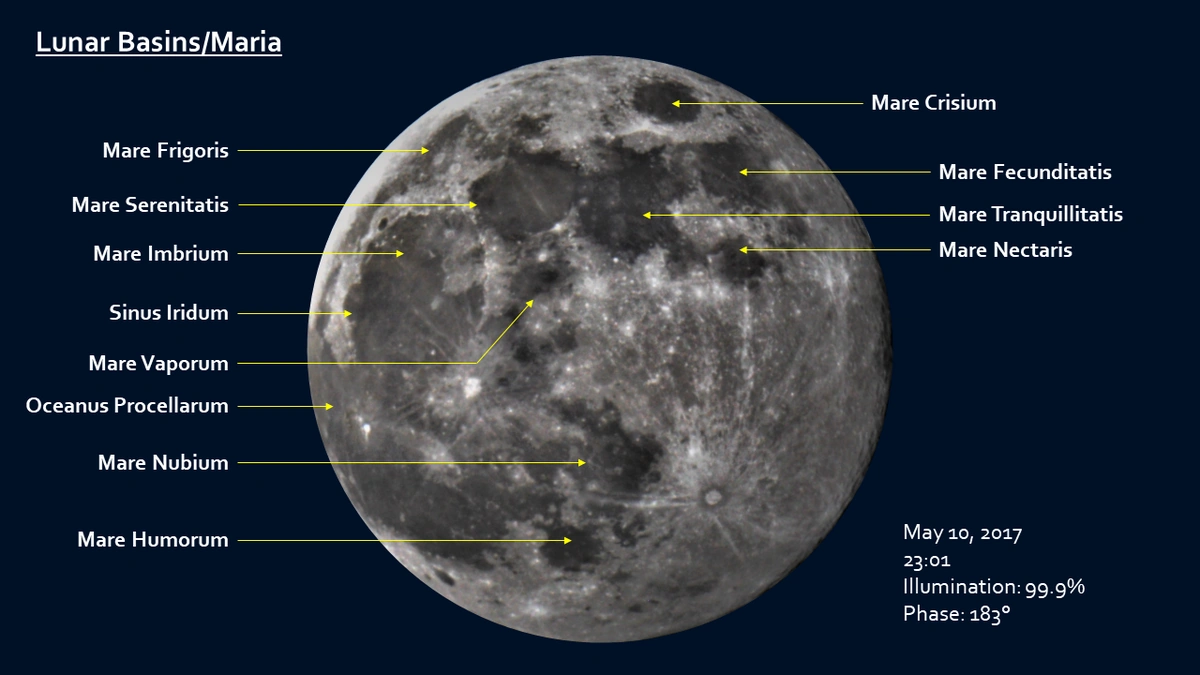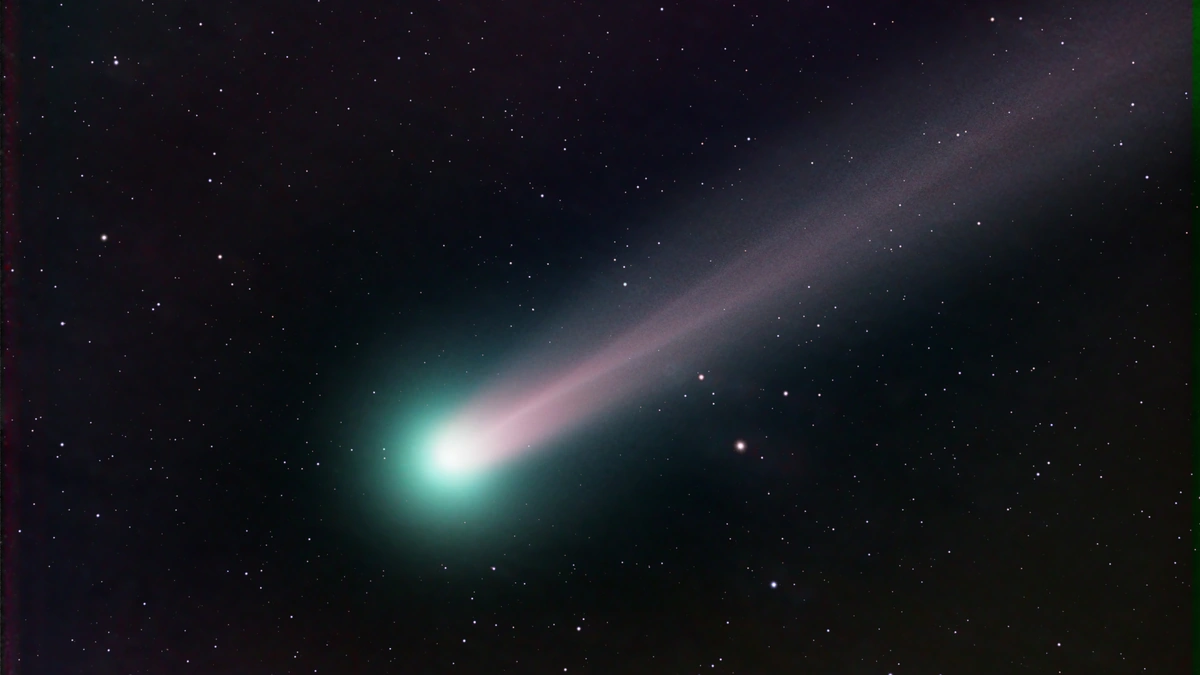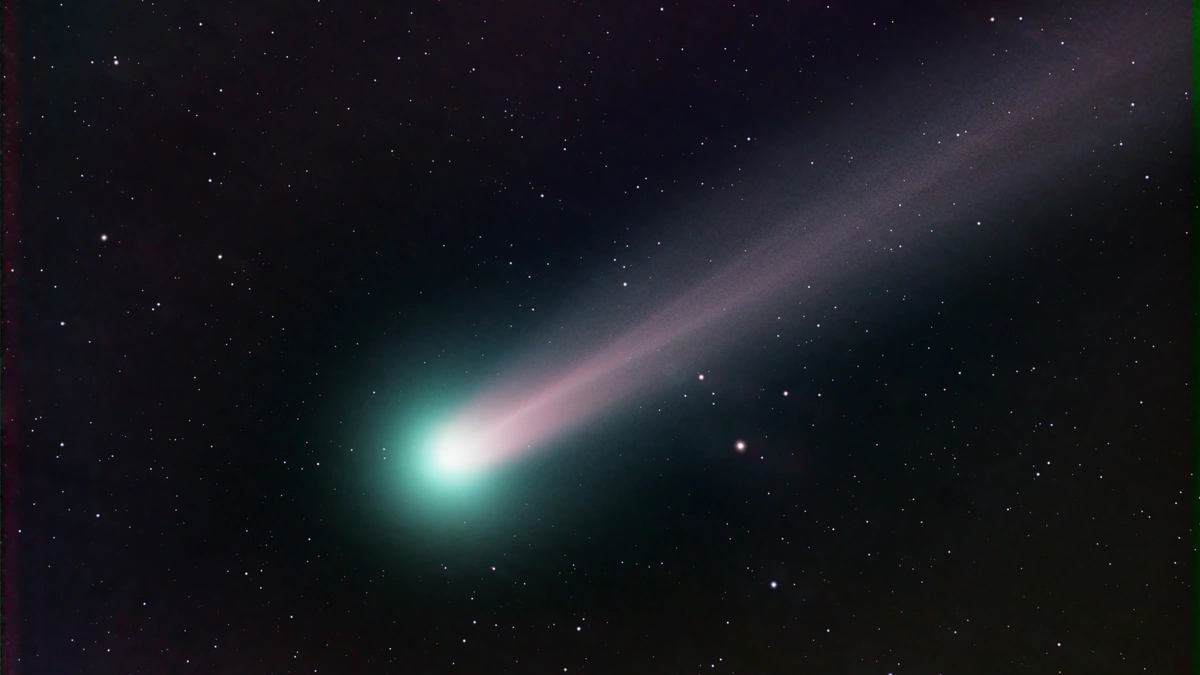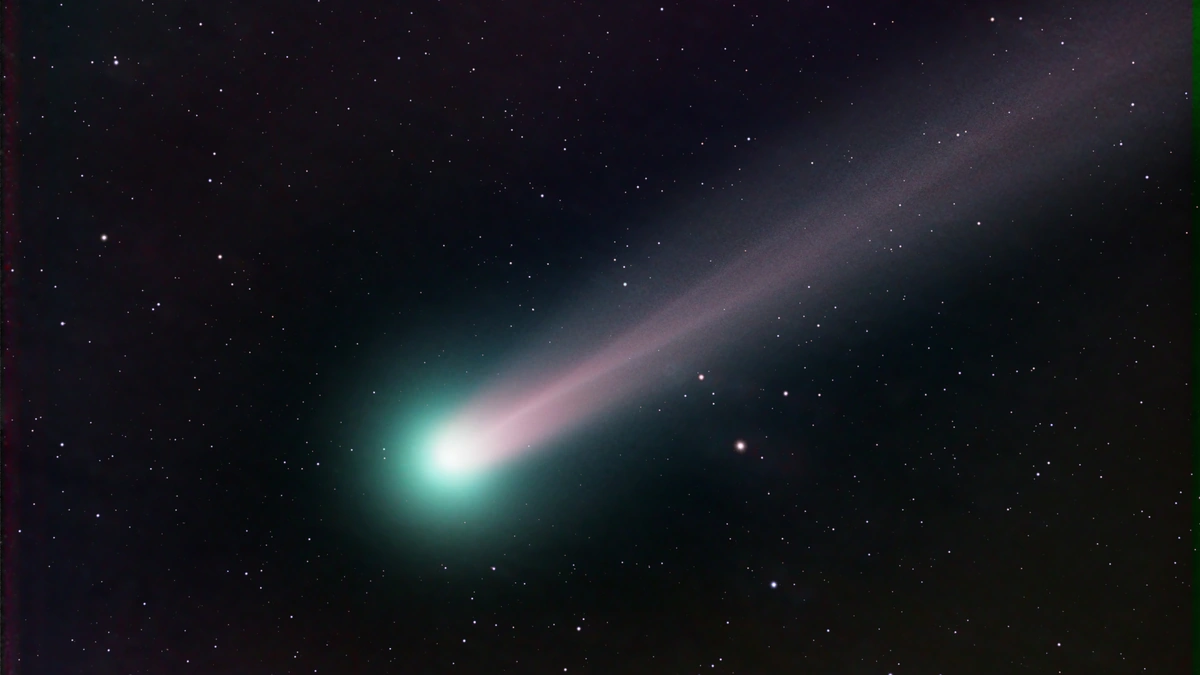Radioactive Ejecta in Lunar Mega Basin Changes Moon Origin Theories
Okay, let’s dive into something truly mind-bending. New research about a lunar basin – specifically, the discovery of radioactive ejecta within it – is causing scientists to rethink everything we thought we knew about the Moon’s origin. Forget the textbook version; we’re talking about a potential rewrite of lunar history. This isn’t just about rocks; it’s about fundamentally changing our understanding of how our celestial neighbor came to be. So, buckle up, because this is going to be a fascinating ride.
The Mystery of the Mega Basin
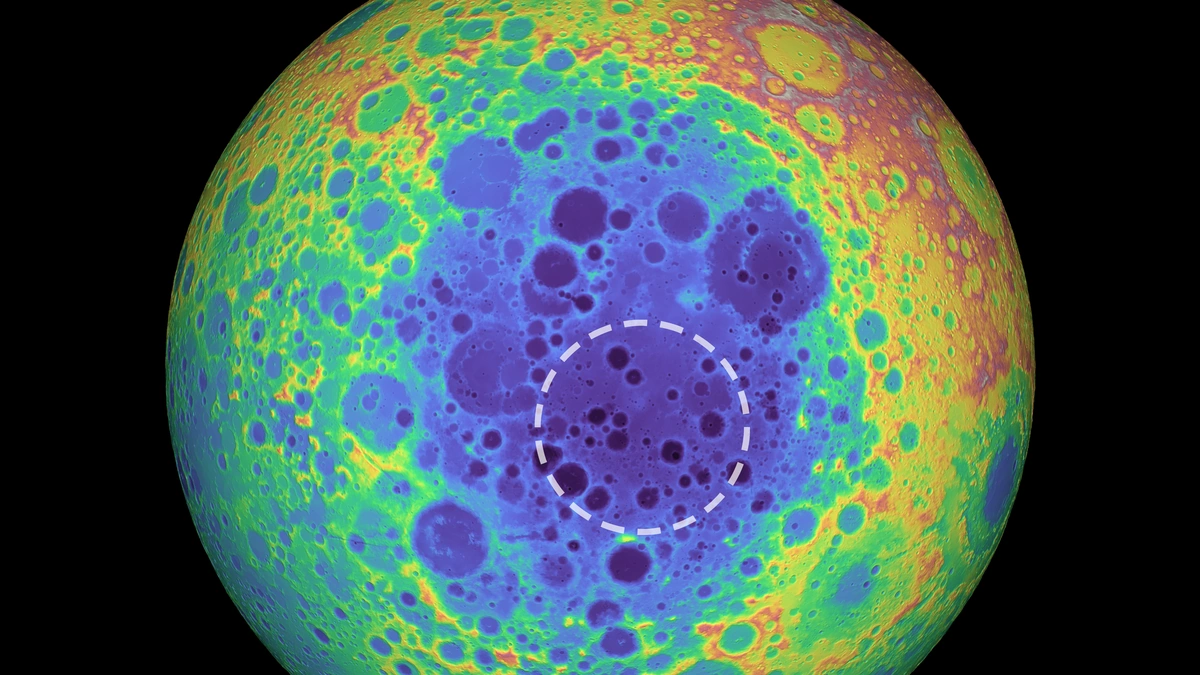
The Moon isn’t just a serene, silver disc in the night sky; it’s a battered and scarred world, bearing the impact craters of countless asteroid strikes over billions of years. Among these scars, lunar basins stand out massive impact craters that reshaped the Moon’s surface. These basins, some thousands of kilometers in diameter, are like open books, each impact event a chapter in lunar history. One particular basin, shrouded in mystery, is now revealing secrets that could challenge our current understanding of lunar formation and evolution.
And it’s the radioactive ejecta found within this basin that’s throwing everything for a loop. Normally, we’d expect a certain distribution of elements, but the concentration of radioactive materials is… unexpected. This anomaly forces us to ask: what processes could have led to such an unusual composition? I initially thought this was a simple case of localized enrichment, but then I realized the scale of the basin makes that explanation highly unlikely.
What’s Ejecta and Why Does it Matter?
Ejecta, in this context, refers to the material that was thrown out from the point of impact when the lunar basin was formed. Think of it like the splash zone around a rock thrown into a pond, only on a gargantuan scale. The composition of this ejecta tells scientists about the composition of the lunar material at the time of impact. By analyzing the types of rocks, minerals, and elements present in the ejecta, we can infer a great deal about the Moon’s early history. Learn more about space exploration.
Here’s the thing: the radioactive elements found in the ejecta are not uniformly distributed. Instead, they are concentrated in certain areas, creating a sort of “hot spot.” This uneven distribution is what’s puzzling scientists. It suggests that some process, or processes, were at play to concentrate these elements after the initial impact. But what kind of process? And how did it operate on such a vast scale? These are the questions driving the current research.
Challenging the Giant-Impact Hypothesis
The prevailing theory for the Moon’s origin is the “Giant-Impact Hypothesis.” According to this model, early in Earth’s history, a Mars-sized object collided with our planet. The debris from this collision coalesced to form the Moon. This theory explains many of the Moon’s characteristics, such as its relatively small core and its isotopic similarity to Earth’s mantle. However, the discovery of radioactive ejecta in this specific lunar basin challenges some aspects of this theory. The problem? The observed concentration of radioactive elements doesn’t easily fit into the standard Giant-Impact model.
What fascinates me is the implications of this. If the radioactive ejecta can’t be explained by the Giant-Impact Hypothesis alone, then what other mechanisms were involved? Could it be that the Moon’s formation was more complex than we previously thought? Are we missing a crucial piece of the puzzle? The scientists involved are now exploring alternative scenarios that could account for the observed distribution of radioactive elements. This could involve considering different impact angles, different compositions of the impacting object, or even entirely different formation mechanisms. According to Wikipedia , the Giant Impact Hypothesis still has unanswered questions.
New Theories on Moon Origin
So, what are these new theories? Well, some researchers are proposing that the Moon might have formed from multiple impacts, rather than a single giant collision. This “multiple impact” scenario could explain the heterogeneous distribution of elements in the Moon’s crust and mantle. Another possibility is that the impacting object was not a single, homogenous body, but rather a collection of smaller objects with varying compositions. This could also lead to the observed concentration of radioactive elements in certain areas. And, let’s be honest, these are just the beginning. The scientific community is buzzing with new ideas, and it’s an exciting time for lunar science.
But it’s not just about rewriting the textbooks. Understanding the Moon’s origin can tell us a lot about the early history of the Solar System, including the formation of Earth itself. The Moon is like a time capsule, preserving information about the conditions that existed billions of years ago. By studying the Moon, we can gain valuable insights into the processes that shaped our own planet. Let me rephrase that for clarity: the Moon is not just a distant object; it’s a mirror reflecting our own past.
The research has opened up entirely new avenues for exploration. Future lunar missions will likely target this lunar basin , aiming to collect more samples and conduct more detailed analyses. These missions will provide valuable data that can help us refine our models of lunar formation and evolution. A common mistake I see people make is dismissing this as purely academic research. But understanding the Moon’s origin has practical implications as well. For example, it can help us locate valuable resources on the Moon, such as water ice, which could be used to support future lunar settlements.
Why This Matters to You, Sitting in India
Okay, I get it. You’re thinking, “That’s all well and good, but what does this have to do with me?” Here’s the connection: understanding the universe is a fundamental human endeavor. It fuels innovation, inspires curiosity, and expands our horizons. India is making huge strides in space exploration, and this kind of research directly informs those efforts. Moreover, the technologies developed for space exploration often find applications in other fields, benefiting society as a whole. The one thing you absolutely must understand is that scientific discoveries, no matter how abstract they may seem, have the potential to transform our lives in unexpected ways. AI could impact lunar missions .
FAQ Section
Frequently Asked Questions
What exactly is radioactive ejecta?
It’s material ejected during an impact event containing radioactive elements like uranium and thorium, whose concentrations reveal clues about the Moon’s composition.
How does this discovery change the origin theories?
The uneven distribution of radioactive elements challenges the standard Giant-Impact Hypothesis, suggesting more complex formation scenarios.
What’s a lunar basin?
It’s a large impact crater on the Moon, offering insights into its history through the analysis of ejected materials.
Why is understanding the Moon’s origin important?
It helps us understand the early Solar System, including Earth’s formation, and could lead to resource discovery.
What future missions are planned to study this further?
Missions are expected to collect samples from the basin to refine models of lunar evolution, but specific mission plans are still tentative.
Is there a link to radioactive decay processes?
Yes, radioactive decay is a key factor in the distribution of ejecta and also in understanding its composition.
So, there you have it. The discovery of radioactive ejecta in a lunar basin isn’t just a minor scientific finding; it’s a potential game-changer that could rewrite our understanding of the Moon’s origin. And, in a way, it’s a reminder that even the most well-established theories are subject to revision in the face of new evidence. The universe, it seems, is full of surprises.
